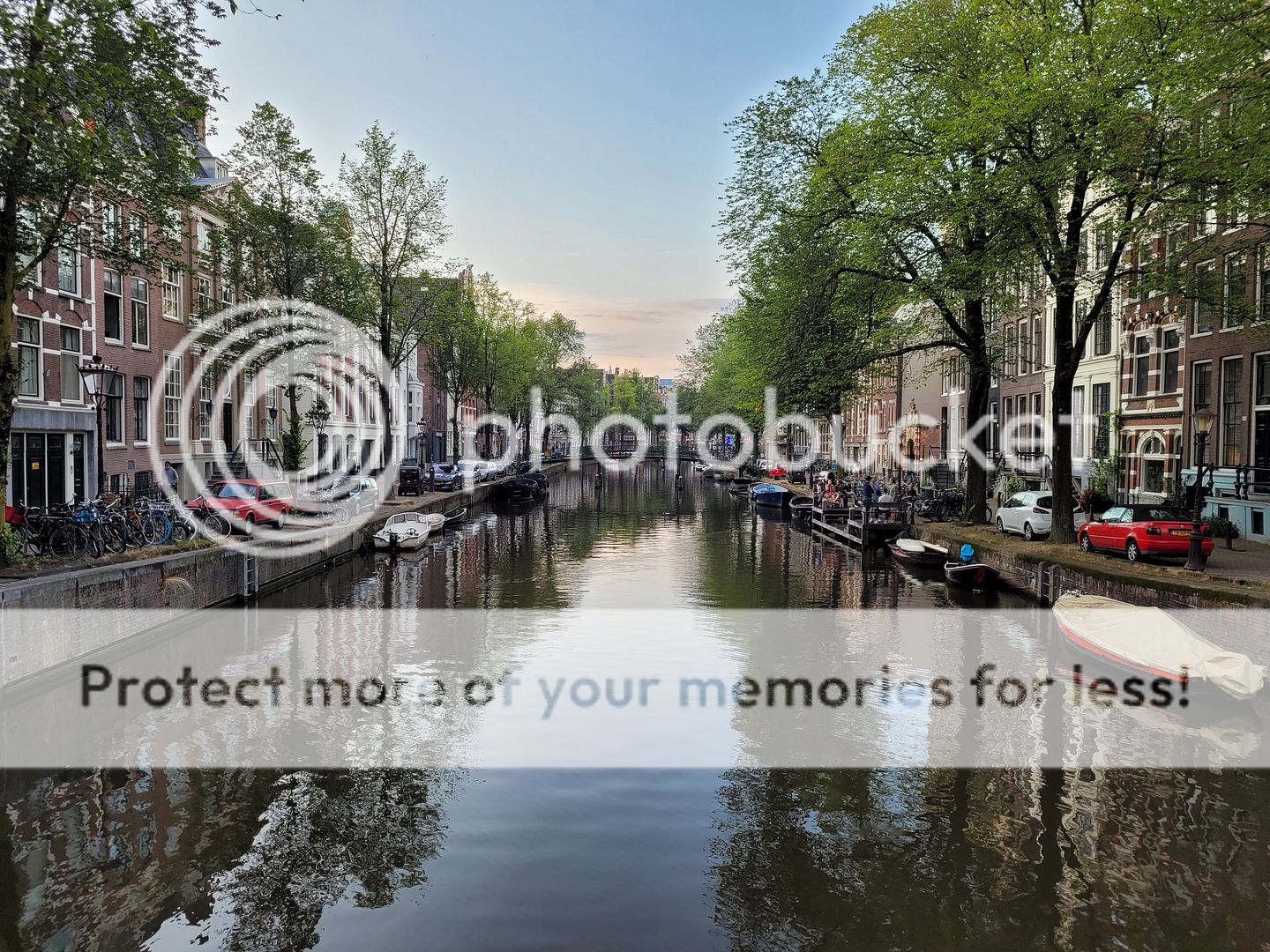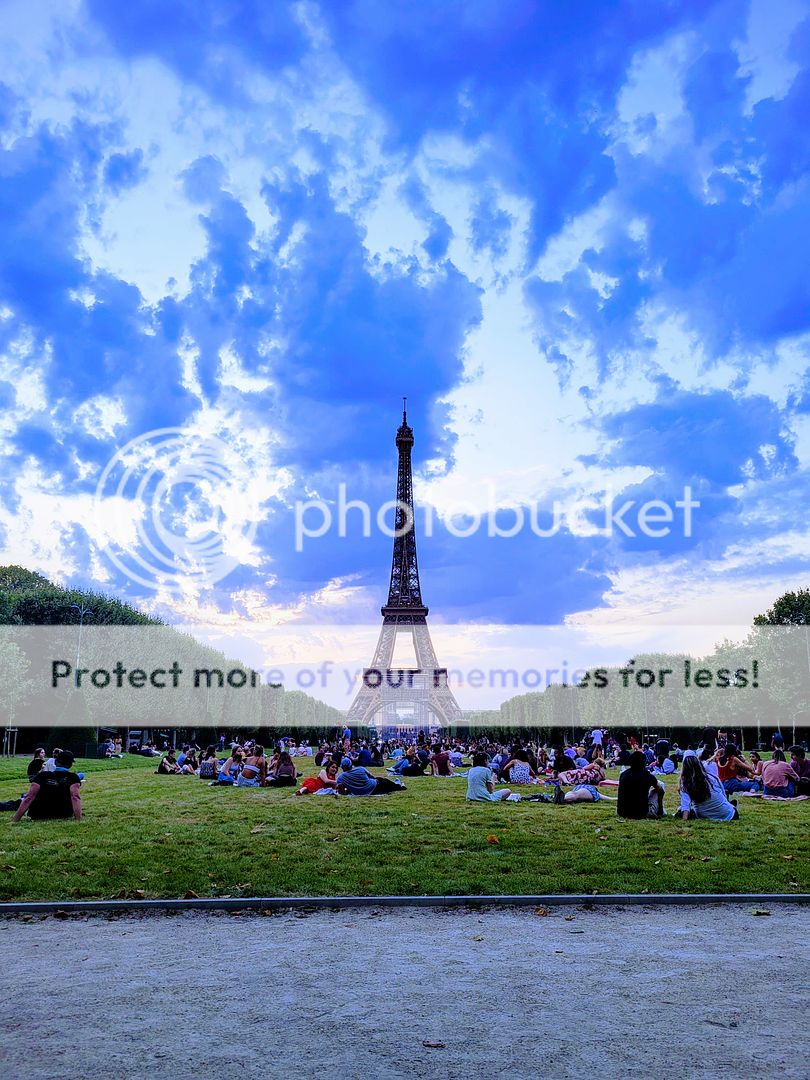That wedding was last month. I’ve learned a lot of lessons since then. My sigma 19mm let me down but the 35mm and the flashpoint zoom li-on battery saved the day for the most part.

You shot the whole thing with just those 2 focal lengths?
That wedding was last month. I’ve learned a lot of lessons since then. My sigma 19mm let me down but the 35mm and the flashpoint zoom li-on battery saved the day for the most part.

That wedding was last month. I’ve learned a lot of lessons since then. My sigma 19mm let me down but the 35mm and the flashpoint zoom li-on battery saved the day for the most part.



I think Sony fukked up with the pricing for the FX6 because while it's a great price for a cinema camera, when the output is so close to their mirrorless options, it's a tougher sell for me at least. I'm leaning towards the FX6 instead of those others, because I'm already in the Sony ecosystem and will be able to use my glass on multiple cameras without an adaptor.For someone in the market for a cinema camera how do you decide between a Red, Canon c70, FX6, and black magic? I watched a lot of videos and all them cameras put out top notch quality.
Seems like it’s so many affordable great options right now.
You shot the whole thing with just those 2 focal lengths?

I think Sony fukked up with the pricing for the FX6 because while it's a great price for a cinema camera, when the output is so close to their mirrorless options, it's a tougher sell for me at least. I'm leaning towards the FX6 instead of those others, because I'm already in the Sony ecosystem and will be able to use my glass on multiple cameras without an adaptor.
I looked into the Black Magic pocket cams, and they start off cheaper than the others, but you have to buy a lot of gear to build them up and by the time you do all that, the price is close to some of the other options.




I've had my z6 for almost 2 years now, and considering how much I travel and how I love taking photos; it's a travesty that my shutter count was under 20 about a month ago. I bought a new laptop and made myself a promise that I'd get out and shoot on my free time if I'm rested and that I'd bring my camera equipment with me when I travel
I spent 2 nights in the city (San Francisco) a few weeks back. Had time at night to do some shooting. Looking forward to learning more and expanding my skills




What lens


Great post. I have a Moza Air 2 and I was already thinking that if I did cop the FX6 that I would end up using a mirrorless camera for gimbal shots.The FX6 is priced to compete with the Canon C300 MKiii, it serves a pretty different audience from the A1 and etc.
The main appeal of the FX6 is that it's lightweight for the type of camera body it is (broadcast/cinema), has a color rendition similar to Arri Alexa and auto ND functionality which makes it great for run and gun in addition to Sony's best of class autofocus and low-light performance. One of the only real downsides of the camera has to do with the shape, which I'll get to later.
The main appeal of the blackmagic pocket cameras are that they offer internal 12-bit RAW, great color science, huge & sharp displays w/ great UI & menus, Dual ISO sensors that allow for clean low-light shooting (the low native iso retains more highlight detail while the high native iso retains more shadow detail), decent sound recording options (a mini XLR input and useable internal mics) and they come bundled with DaVinci Resolve Studio included. Unlike the FX6 they specifically target filmmakers and are not designed for broadcast functionality, the Ursa Mini Pro is Blackmagic's broadcast camera option. One of the biggest downsides is the battery life, which they somewhat rectified in the updated Pro model of the 6K. Without rigging it out with a v-mount battery in a shoulder-rig style configuration, you'd have a hard time running this camera in a wedding scenario without needing at least 5 spare batteries and being able to recharge them. A smaller downside is that the RAW isn't quite 444 RAW so highlight recovery is not the camera's strong suit.
The RED Komodo is a brain-type camera body which is designed to be rigged out to the operator's specific need, it's extremely customizable but also extremely expensive to piece together all of the kit you'll need for any particular setup. Some of the advantages of the RED are that it has a global shutter which is a feature you typically only find in $10,000+ cinema cameras, it basically means that you get virtually zero rolling shutter at all. It has RED's color science and RAW which is pretty much industry standard for commercial sets, not as common in narrative sets (Arri Alexa dominates that) but it's a nice picture regardless with robust highlight recovery in post. However, the low-light performance is nowhere near as robust as what you would get with an FX6 nor a Blackmagic, which makes the camera mainly suited for shoots you're going to light well. This is not a camera you bring to a wedding shoot or event shoot and expect to get usable shots in low-light conditions. You also have to re-black balance the sensor pretty much every time you use the camera to avoid introducing added moire and other noise, and you have to allow the camera to get up to temperature for the picture quality to be as intended. It's not a camera you simply turn on and start rolling.
None of the above are cheap to rig out... the FX6 has a hidden cost of requiring a pretty hefty gimbal to run it effectively due to the long length of the body. It's not designed for Ronin-S style gimbals, correctly balancing the tilt axis is next to impossible on those types of pistol grip gimbals. You'll need a steady-rig or a very expensive gimbal (i.e. Ronin 2, ~$8,000) to effectively stabilize it on all of the axis.
And yes, I've used all of these cameras in the field (and own a BMPCC4K) so I definitely know what I'm talking about in regards to the pluses and minuses.